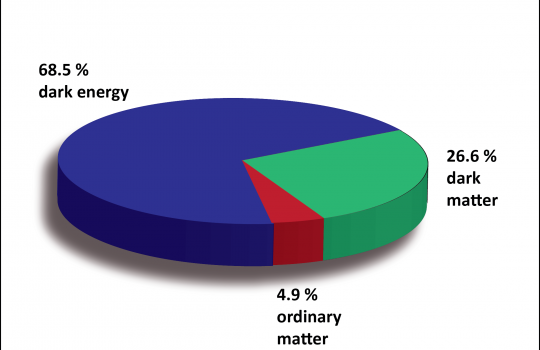Neutrino detectors often give incorrect particle energies, study reveals
From Physics World, December 1, 2021: Researchers say there are gaps in the theory of neutrino-nucleus interactions and that improving this theory is crucial if next-generation neutrino detectors such as the Deep Underground Neutrino Experiment (DUNE) in the U.S. and Hyper-Kamiokande in Japan are to realize their full potential.

